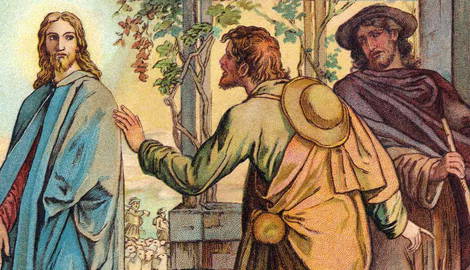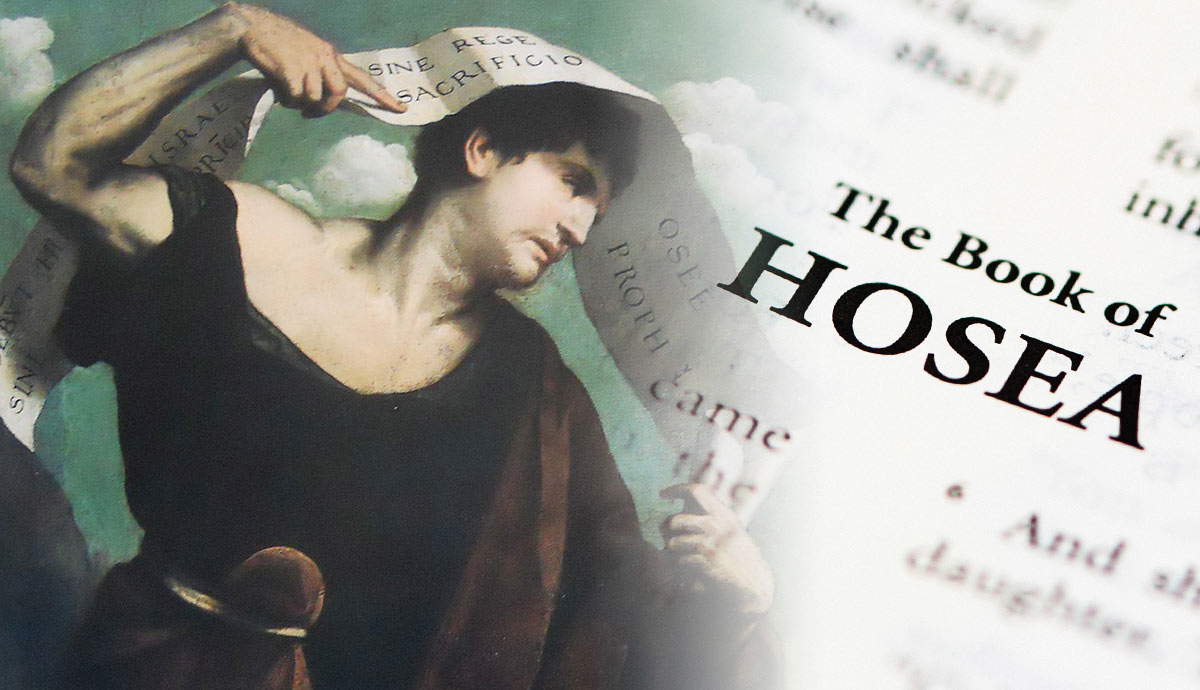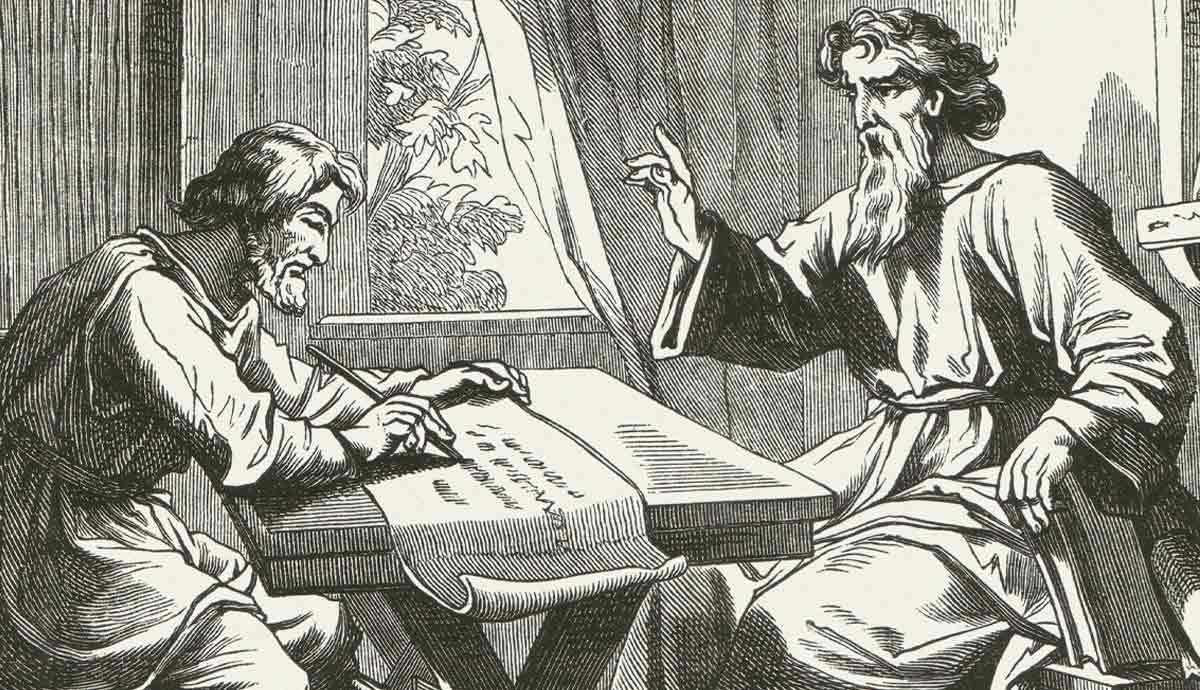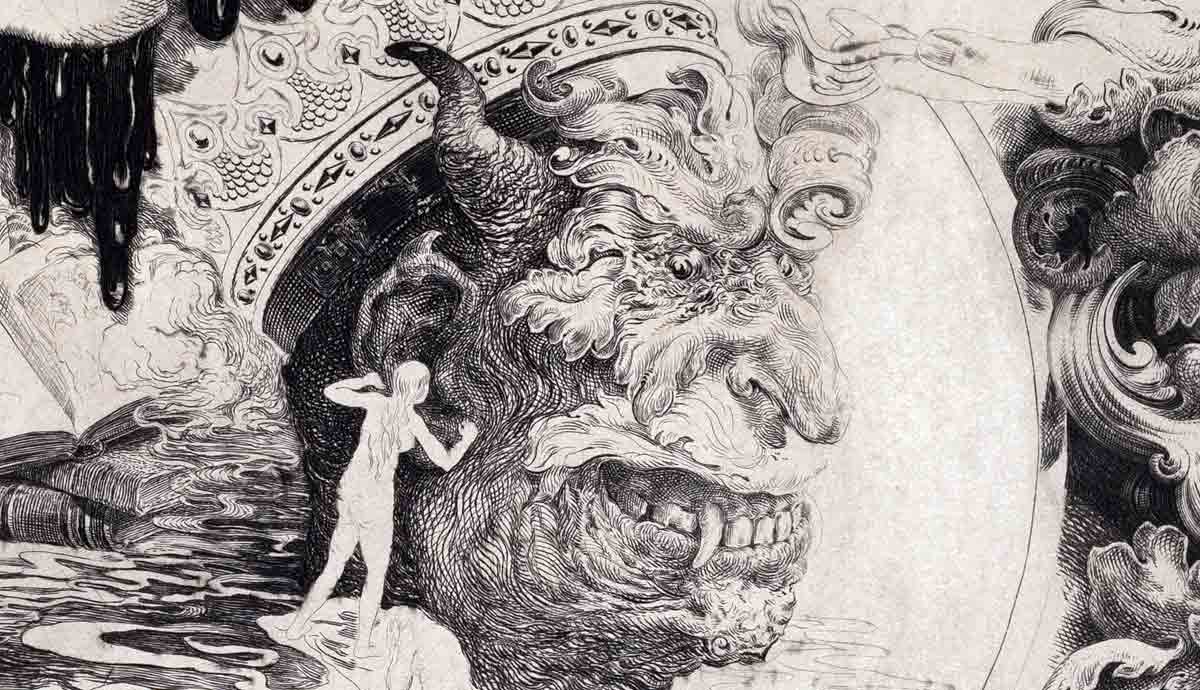
Scholars have asked questions about the siblings of Jesus since the earliest centuries of the Christian church. Some argue he had younger brothers and sisters based on a plain reading of the gospels. Others claim Jesus had stepsiblings from a prior marriage of Joseph. A third view holds that Jesus did not have blood or stepsiblings, arguing that the language of the Bible allows for the interpretation of “brothers” and “sisters” as cousins. The answer depends on your view of scripture and tradition. Let’s consider each argument to evaluate its merits.
The Biblical Evidence

The Bible mentions that Jesus had brothers on several occasions, and even that he had sisters. These references come primarily from the gospels. Mark 6:3 says:
“‘Is not this the carpenter, the son of Mary and brother of James and Joses and Judas and Simon? And are not his sisters here with us?’ And they took offense at him.”
Matthew 13:55-56 parallels Mark 6:3, sharing the same information about the brothers and sisters of Jesus. John 7:3-5 reports that his brothers were skeptical about his ministry and the claims he made.
Matthew 12:46-50 and John 2:12 mention the mother and brothers of Jesus together. The former passage reads:
“While he was still speaking to the people, behold, his mother and his brothers stood outside, asking to speak to him. But he replied to the man who told him, ‘Who is my mother, and who are my brothers?’ And stretching out his hand toward his disciples, he said, ‘Here are my mother and my brothers! For whoever does the will of my Father in heaven is my brother and sister and mother.’”

Outside of the gospels, Paul’s Galatians mentions, “James the Lord’s brother.” Tradition identified him as James the Just, a prominent leader in the early Jerusalem church.
To those who hold to a plain reading of scripture, it answers our question in simple terms: “Yes, the Bible plainly states that Jesus had brothers and sisters.” The problem with such a simplistic answer is that it does not take into consideration that the terms for “brother” (adelphos) and sister (adelphe) could also refer to cousins. That opens the range of possible interpretations of what these verses attempt to convey. In addition, some readers put much weight on the views held by early fathers of the church, who often deny that Mary had any other children and claimed she remained a perpetual virgin.
The Helvidian View

The Helvidian view, named after the 4th-century Christian Helvidius, holds to a simple reading of scripture, interpreting “brothers” and “sisters” in the biological sense. Helvidius believed Joseph and Mary had sons and daughters after the virgin birth of Jesus.
This view accepts the most common meaning of adelphos and adelphe, and Matthew 13:54-55 and Mark 6:3 support it by mentioning the mother and brothers of Jesus in the same context. It also aligns with the cultural context of 1st century Judaism, where couples would have multiple children. Joseph, as a devout Jew, would likely have followed the customs of his people. In addition, Matthew 1:24-25 says, “When Joseph woke from sleep, he did as the angel of the Lord commanded him: he took his wife, but knew her not until she had given birth to a son. And he called his name Jesus.” The verse implies that Joseph and Mary did not have intimate relations until after the birth of Jesus, rather than Mary remaining a perpetual virgin.
Most Protestants subscribe to the Helvidian view because of its preference for their plain reading of the text and its rejection of the unique role Mary has in Catholic and Orthodox doctrines.
The Epiphanian View

The Epiphanian view supports the idea that “brothers” and “sisters” in the context of Jesus refer to stepsiblings from a prior marriage of Joseph. Tradition ascribes the view attributed to Epiphanius of Salamis (4th century CE). According to this view, Joseph’s previous wife passed away, and Mary never had other children. It makes Jesus the youngest child of a blended family.
The Bible does not directly support this interpretation, but the apocryphal Protoevangelium of James, a 2nd century text, does. It describes Joseph as an older man who was married before and had several children. The work is not canonical but has had a significant influence on Eastern Christian traditions.
The view presents Mary as a perpetual virgin, a concept central to early Catholic and Orthodox teachings. It is a culturally viable interpretation since it was not uncommon for older widowers to marry younger women, resulting in blended families. Though the Bible does not specify that Joseph was much older than Mary, tradition often portrays him that way.
The Epiphanian view is dominant in Eastern Orthodox Christianity and was widely accepted in the early church. Critics point out that the view has no foundation in scripture and relies completely on the non-authoritative Protoevangelium of James, which modifies the interpretation of the Biblical narrative.
The Hieronymian View

According to the Hieronymian view, the references to “brothers” and “sisters” in the context of Jesus refer to cousins or close relatives. Saint Jerome championed this view. The view rejects blood siblings and stepsiblings as an interpretation of “brothers” and “sisters.”
To support this perspective, supporters highlight the linguistic evidence that shows Aramaic, which was the lingua franca of Jewish communities in the 1st century CE, has no distinct word for “cousins.” The same was true for Hebrew, as in Genesis 14:14: “And when Abram heard that his brother was taken captive,” when referencing Lot. Lot was not Abram’s brother but a cousin. Where the King James and American Standard Versions render the Hebrew word ‘âch (אָח) as “brother,” other translations that take Hebrew and Aramaic use into account, render it “kinsman” (ESV) or “nephew” (ISV) because Abram was the brother of Haran, the father of Lot (Genesis 11:27).
In addition, John 19:25 shows evidence of the same phenomenon where the Bible mentions the sister of Mary, also called Mary, which is highly unlikely. It would make more sense if they were cousins, not siblings.
Like the Epiphanian view, the Hieronymian view allows for the perpetual virginity of Mary. This belief is a prominent feature of Catholic theology. In Jerome’s view, portraying the “brothers” and “sisters” as siblings of Jesus would diminish the sanctity of Mary. The Roman Catholic Church officially supports the Hieronymian view, and it stands on the traditions of many church fathers who shared this view.
Theological Implications

The question of Jesus’s siblings is not merely academic; it carries significant theological and cultural weight across Christian traditions. In Eastern Orthodoxy and Roman Catholicism, the perpetual virginity of Mary shows her complete dedication to God and her unique role as Theotokos (Mother of God). Joseph, though married to Mary, would have been only a protector, rather than a husband in the full sense of the word. The Epiphanian and Hieronymian views are essential to uphold the doctrines of Catholicism and Eastern Orthodoxy, and their commitment to tradition allows them to draw from the Protoevangelium of James and other apocryphal texts in the authoritative way they do.
Protestantism, with its fundamental principle of Sola Scriptura, demands a much plainer reading of the text. Protestants completely reject the perpetual virginity of Mary, who plays a significantly smaller role in their understanding of salvation history. Protestants place much more emphasis on the humanity and relatability of Jesus, and having siblings supports that narrative. The Protestant view better portrays the cultural traditions of Judaism, though the family of Jesus could hardly be considered an average Jewish family, considering his virgin birth.
Jesus’s Siblings: In Conclusion

The Epiphanian and Hieronymian views are two ways that allow for the perpetual virginity of Mary, a concept essential to Catholicism and Eastern Orthodoxy. Their views on the relation between the Bible and tradition enable them to use material from extra-biblical sources as lenses through which they interpret the Bible narrative. Their interpretation of the text results in an understanding that does not come naturally without external sources.
Protestantism’s commitment to the Bible alone and a plain reading of the text results in a picture of Jesus relatable to most people. It places him in a family with the normal dynamics between parents and siblings, where he may have been the oldest child, but not necessarily. Whether he was or not has no theological impact on his nature or mission as the Son of God. This approach does not ignore the use of terms in Genesis 14:14 or John 19:25 but notes that they were not the general use of the respective terms.
In the end, the value assigned to tradition is the determining factor in whether a person believes Jesus had siblings or not. To Protestantism, it is neither here nor there, impacting no doctrinal position. In denominations where the perpetual virginity of Mary is a vital doctrine, it is an essential issue that results in Jesus being an only child of Mary, and Joseph being a protector, rather than a proper husband.










